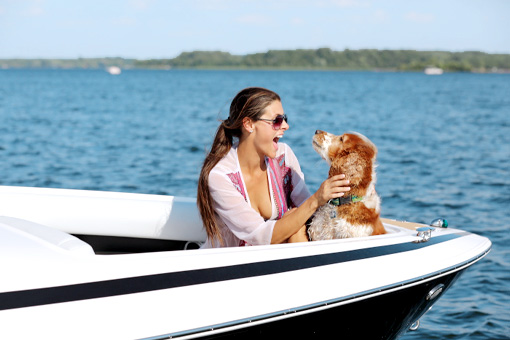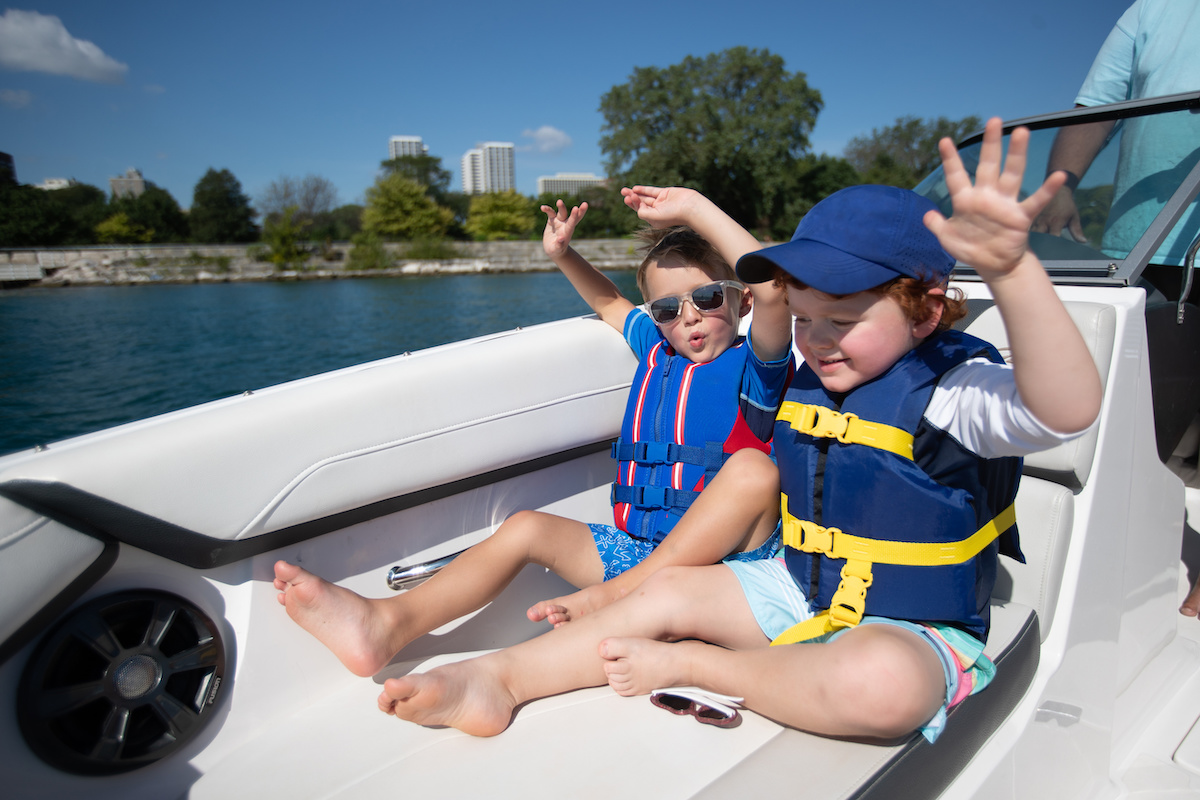How to Introduce Kids to Watersports
Watersports for kids can be an incredible way to make lifelong memories, build confidence, and fall in love with the outdoors. But for parents and guardians, introducing children to these activities takes thoughtful planning, especially when it comes to safety, gear, and choosing the right setting.

Prioritize Water Safety
Before jumping into any water-based activity, it’s essential to teach kids the basics of water safety. This foundation is key, and it should come before introducing any watersport.
For children younger than 13, wearing a properly fitted, U.S. Coast Guard-approved life jacket at all times is not just recommended—it’s required by law in many states. Make it a habit from the start so kids associate fun on the water with staying safe.
Also, teach kids that they should never swim near a running boat or the propeller area, even if the engine appears to be off. Educating kids early about safe zones around a boat will help prevent accidents and encourage respectful behavior around equipment.
Hand signals are an important tool for communication, especially once you're out on the water. Teach simple, universally recognized signals like “stop,” “slow down,” and “I’m okay.” Practicing using these signals on land before getting on the water can make a big difference during actual activities.
Spend Time by the Water
Sometimes, just being near the water is enough to plant a seed. Let your child help rinse off gear, explore the shoreline, or watch others paddling or tubing. These low-pressure moments help build familiarity with the environment, which can make the next steps feel more approachable.
Build Skills in the Water
Before diving into watersports, help your child become a confident swimmer. Swimming lessons are a worthwhile investment—they build skills that translate directly into safety and ease with being in and on the water.
In addition to formal lessons, practice swimming with your child in open water, since swimming in a pool and swimming in natural conditions are very different experiences.
Getting them used to natural conditions like currents, uneven bottoms, and water temperature changes will help build the real-world confidence they need to enjoy family-friendly watersports down the road.
Choose the Right Watersport for Their Age and Ability
Introducing watersports to kids should be all about matching the activity to the child’s comfort level and swimming ability. Start with low-speed, low-impact activities in calm water environments. Great entry-level family water activities include:
- Paddleboarding or kayaking in shallow, calm waters. These are excellent for balance and coordination and can be done sitting down until kids feel ready to stand.
- Tubing behind a boat at slow speeds. This allows kids to experience the thrill of being on the water without the physical demands of waterskiing or wakeboarding
- Snorkeling in clear, shallow areas. It’s a fun way to explore underwater life and build swimming confidence while staying close to shore.
Keep things short and sweet for the first few outings. The goal is to create positive experiences on the water, not to push for performance or duration. Call it a day before your child gets tired or overwhelmed.
Pack Smart for a Smooth Day on the Water
A well-packed boat bag can be the difference between a fun day and a frustrating one. Make sure to bring the following:
- Life jackets for every child (and adult) on board
- Towels and dry clothes for after the activity
- Plenty of water to stay hydrated
- Healthy snacks that hold up in a cooler (granola bars, fruit, sandwiches)
- Sunscreen (and reapply often)
- Shade options like hats or a canopy if you’ll be out for several hours
- First-aid kit in case of minor scrapes or bumps
Kids will be more likely to enjoy the day if they're comfortable, dry when needed, and have energy-boosting snacks to keep them going.
Pick the Right Location
A crowded marina or busy lake isn’t the best place to teach a child how to enjoy watersports.
Look for quiet coves, smaller lakes, or uncrowded beaches where you can focus on your child without distractions or hazards from other boaters.
Calm, clear water will not only make the experience easier, safer, and more enjoyable for everyone. The fewer external stressors there are, the more likely your child is to engage, learn, and have fun.
If you're new to boating yourself—maybe you just bought a new family boat—consider joining a local boating club or connecting with an experienced friend to help you scout good beginner-friendly spots.
Keep the Focus on Fun
Remember, the goal isn’t to create a future watersports champion; it’s to enjoy quality time together as a family. Let kids set the pace and be flexible with the day’s activities. Some days, they may be eager to try new things. On others, they may want to stay close to shore and splash around.
By following their lead and celebrating small victories—like standing on a paddleboard or holding on to the tube for the first time—you’re helping build their love for water-based activities.
Avoid pressure or comparisons. Instead focus on making your child feel supported and excited about trying something new.
Family-Friendly Watersports
Introducing watersports for kids is one of the most rewarding ways to bond as a family and enjoy time outdoors.
When approached thoughtfully, kids are more likely to embrace the water with enthusiasm and confidence. Family water activities can evolve into favorite traditions, creating memories that last long after the day is over.

